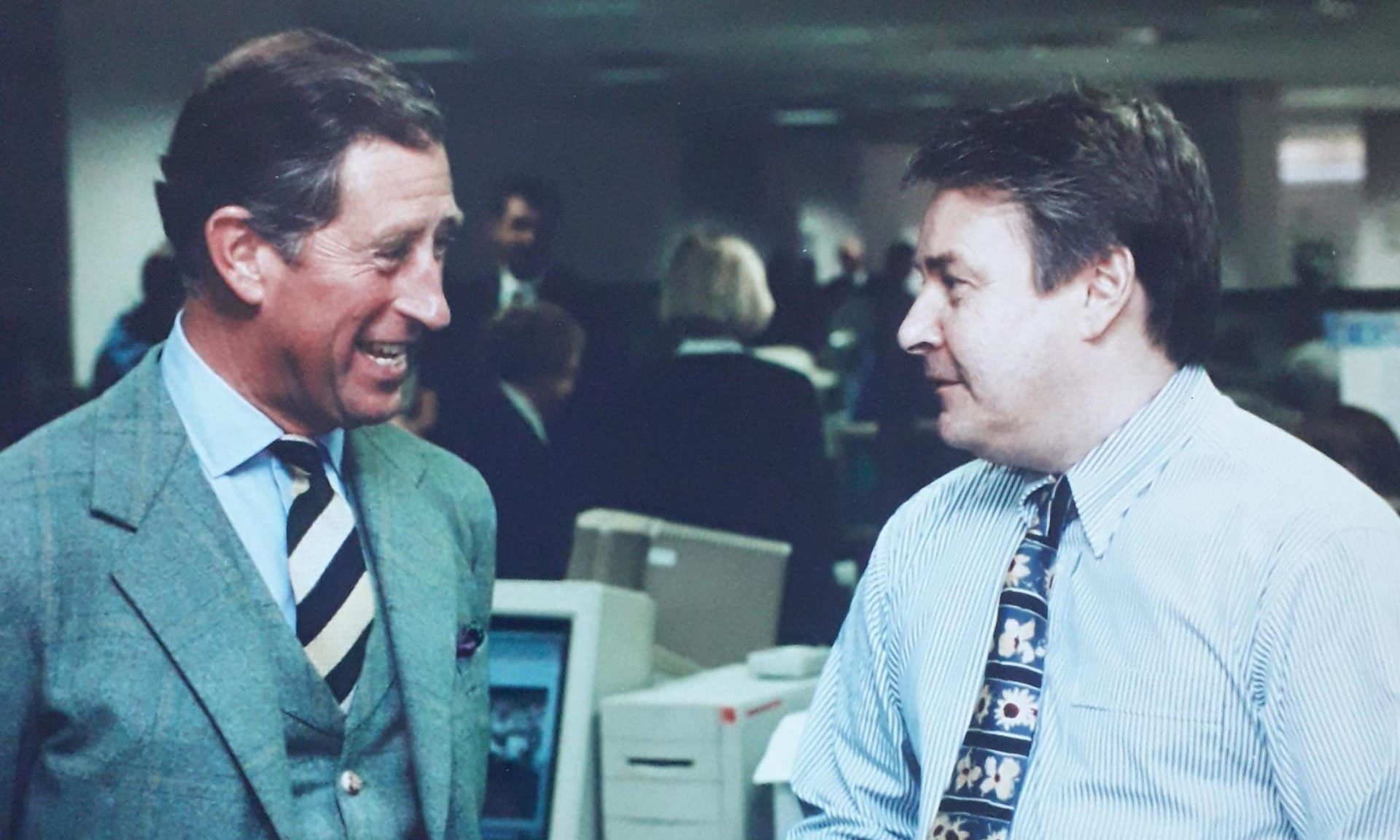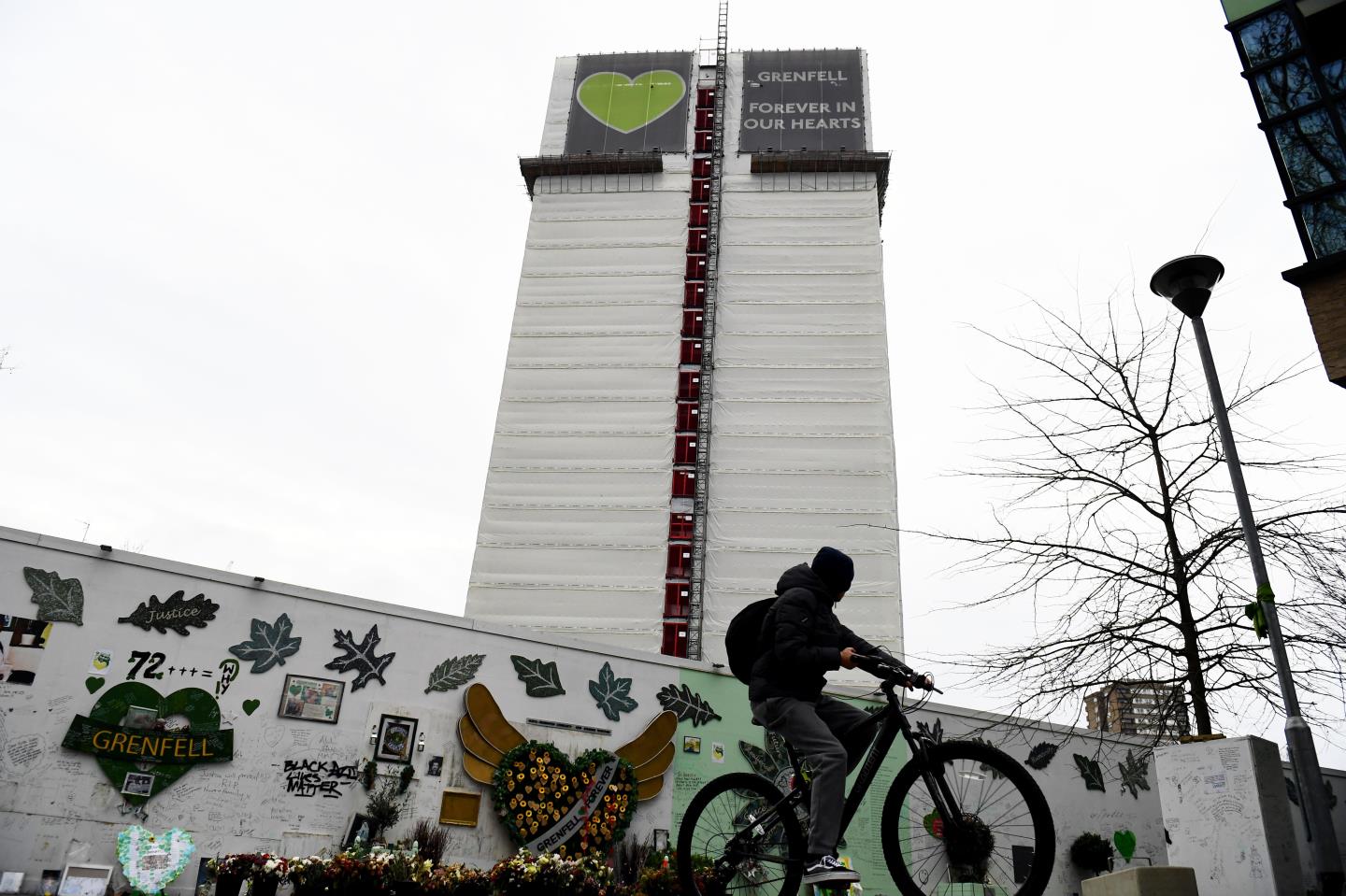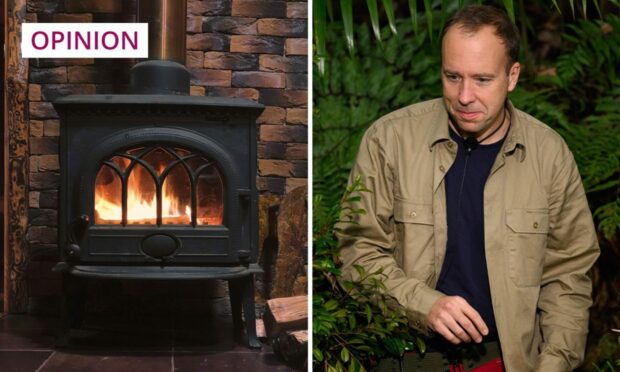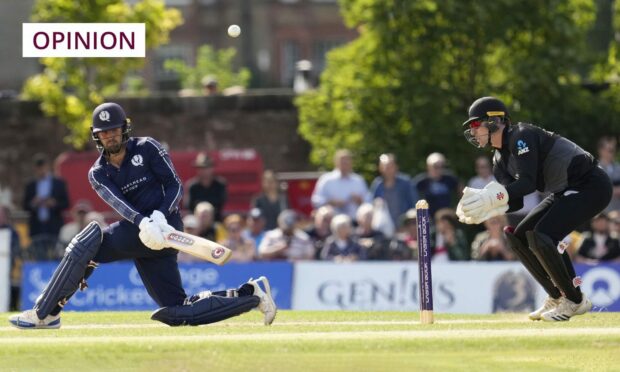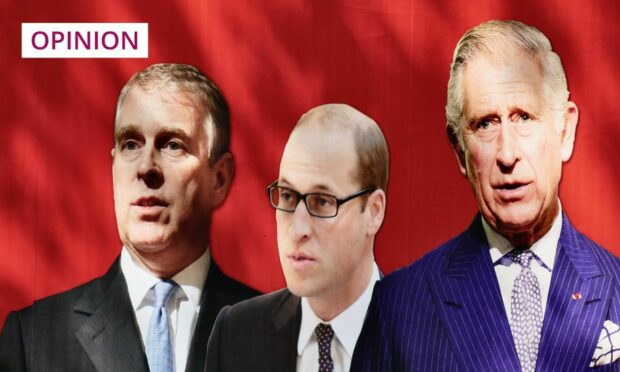Like everyone else, I can’t help but smile at the hapless bunch on The Apprentice leaving trails of chaos in their wake.
But what more should we expect from a TV show like this? Most of it is slapstick comedy, after all.
As I watched from my sofa the other night, I realised they reminded me of someone. Yes, me, of course.
A confused bundle of nerves as I stumbled along as a cub reporter.
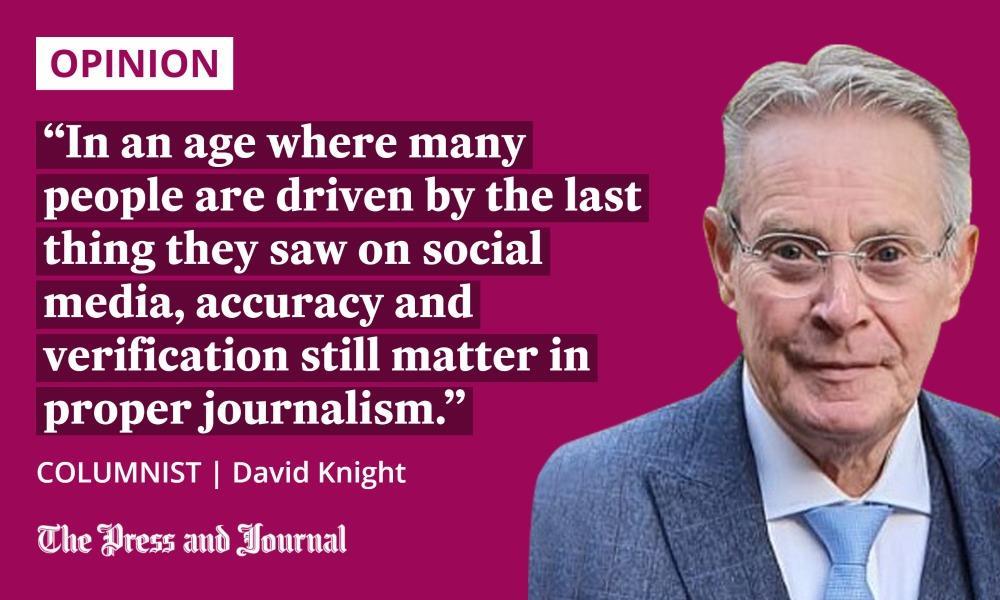
After six accident-prone months, I was on the receiving end of the Lord Sugar treatment.
My editor at the newspaper – not The P&J, I hasten to add – called me into his office. I thought he was handing me a pay rise and a permanent contract.
He fired me instead.
I dug my nails into the precarious cliff face
It’s a hard thing to take at 17; the curtain was falling on my embryonic career before it had risen.
I thought of this again yesterday, as I celebrated 50 years in journalism. Half a century is quite a milestone, and I’m proud of it.
The penny had dropped: there was no substitute for hard work, determination and learning my trade properly
But, starting my career on the 13th was a bad omen, come to think of it.
Hold the back-slapping golden celebrations, you might cry – we thought you were sacked for gross incompetence? That’s true, and I was so convinced about my fate that I hurriedly secured a position in a different line of work – women’s lingerie of all things – to avoid unemployment.
No, I had not become a trainee drag act, in case you were wondering.
I was offered a position in women’s fashion, described vaguely as a commercial assistant. Luckily, it didn’t come to pass.
The dying embers of my journalistic career sparked into life again, like a phoenix from the ashes, to rescue me before I was kicked out.
Some wonderful colleagues believed I was worth saving. I looked up at these “old hands” in awe, but none of them was older than 23. They took up the cudgels, and I half-expected a sit-in. This was the 1970s, man.
But they saved my bacon because they made bosses think twice about a technicality over my probation period. It was enough for a face-saving U-turn: I was indentured to the company for a three-year apprenticeship, offering professional qualifications.
This time, I dug my nails into the precarious cliff face of journalism, determined not to throw away a second chance. The penny had dropped: there was no substitute for hard work, determination and learning my trade properly.
Quality journalism is still a quest for truth and justice
It was a reporter’s life for me; I grew to love the unpredictability, deadlines and adrenaline.
In those days, you couldn’t see from one end of the newsroom to the other due to clouds of cigarette smoke. Or hear above the shouting, pounding typewriters and non-stop ringing phones.
The digital age was still science fiction. But some things haven’t changed.
Flippin love @CliveMyrieBBC pic.twitter.com/hivAKHnNMd
— JayneSeckerSky (@JayneSeckerSky) March 5, 2022
Quality journalism is still a quest for truth and justice, holding those in power to account and sticking up for ordinary people against the system.
In an age where many people are driven by the last thing they saw on social media, accuracy and verification still matter in proper journalism.
Regional papers, such as The P&J, continue to be the beating heart of their communities.
Some take local journalism for granted – until it disappears.
At times the difference between life and death
Luckily, many titles like The P&J evolved to meet challenges facing modern newspapers, both in print and with vibrant new websites.
Who else takes on the Scottish Government, local councils and police? And Highlands police, for example, over the recent secrecy about officer staffing levels, or the NHS about messy new GP working practices in Aberdeen?
The Grenfell Tower disaster prompted recent changes in Scottish fire alarm law. But safety campaigners claimed the tragedy might have been averted if local papers were still fighting for this community instead of being allowed to disappear.
This struck me as I looked at myself in a chilling picture taken all those years ago.
Apart from my startling yet fashionable long hair for the time, something else looked odd.
I was crouched, staring out of a hole in a building. A design fault had left a terrifying gap – on the 16th floor of a tower block.
The wind blew through and I shivered, but at the thought of it being big enough for any small child living there to plunge 16 floors to their death. Residents’ safety complaints fell on deaf ears, but that changed when my story about the scandal was published.
It reminded me of what the job was all about.
David Knight is the long-serving former deputy editor of The Press and Journal

